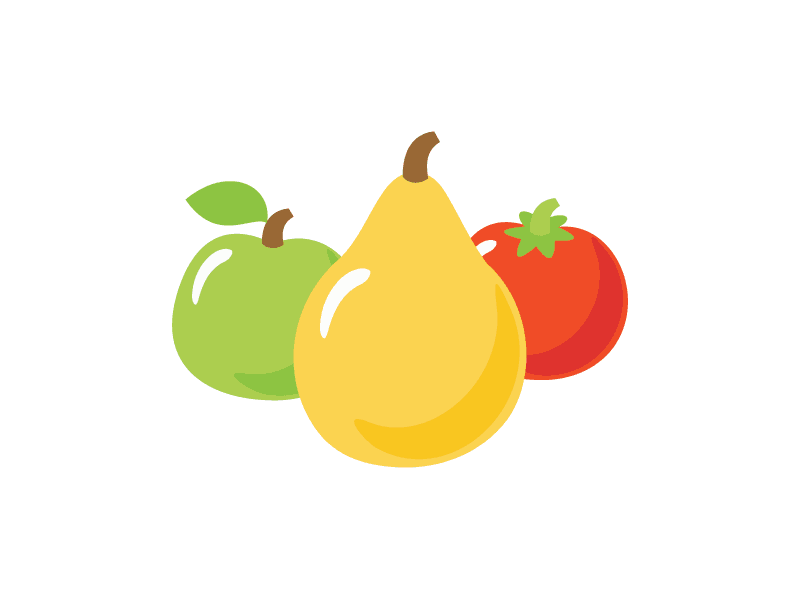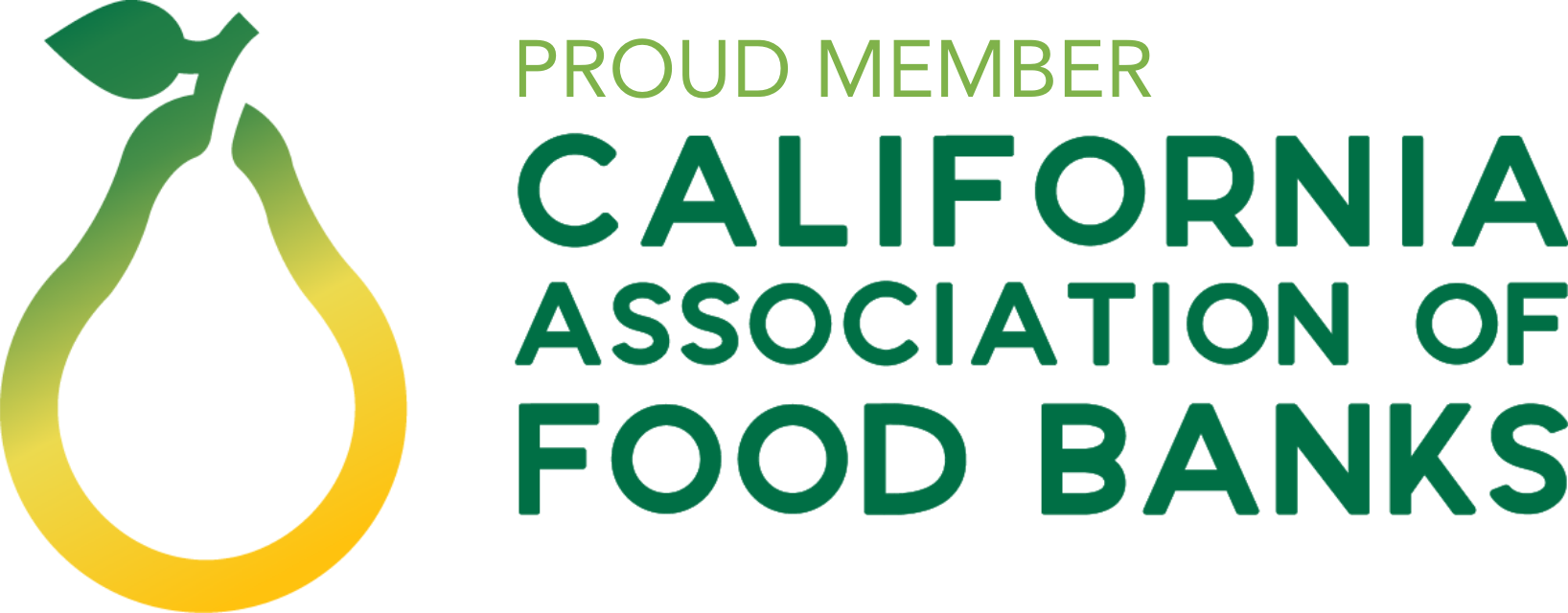The Food Bank of Contra Costa and Solano delivers its mission of fighting hunger each and every day. Bringing that mission to life requires being responsive to the needs of our community and setting new goals to mark our progress and impact.
Recently, the Food Bank partnered with its Board of Directors, leadership team and staff to create a strategic plan that will help chart our course for the next three years. The strategic plan will serve as our North Star for guiding both day-to-day priorities and long-term decisions.
The strategic plan is our proactive, multi-pronged roadmap to closing the hunger gap in Contra Costa and Solano significantly over the next three years. Our objective is to distribute not just more food, but even more nutritious food than ever before. Understanding that health outcomes are the bedrock of a strong society, our plan focuses on capacity, partnership, nutritional value and systemic change.
The launch of this plan is crucial, as we currently support 1 in 6 residents in Contra Costa and Solano County and expect food insecurity to increase as inflation and the cost of goods continue to rise. The last two years have illustrated how unexpected crises can come at any time, as we have supported our neighbors through the pandemic, rising gas prices, inflation and disasters, including wildfires.
The Food Bank is a significant piece of the safety net in our community, and our strength ensures we can be there when people are most vulnerable.
The execution of the strategic plan is built on three priorities that will help achieve capacity, positive health outcomes and systemic change:
- Agency empowerment: Increase reach and impact by growing the roster of nonprofit partner agencies in accordance with community need, while enhancing the ability of existing agencies to distribute more food safely and efficiently.
- Health outcomes: Improve health outcomes for vulnerable populations in our community through targeted programs supported by education, advocacy and the distribution of nutritious foods.
- Data & technology: Increase organizational impact and efficiency by utilizing technology to improve our ability to gather, organize, report, and utilize data – and ultimately better serve our client populations.
The Food Bank has already jumped into action to begin meeting these priorities. Our agency relations team works closely with our 260+ partner agencies to empower their grassroots hunger-fighting efforts, including the distribution of $250,000 in agency enhancement grants in FY 2021 and a planned $550,000 in FY 2022. Ongoing work will focus on strategically growing food distribution opportunities, including working with groups that can distribute more fresh, perishable food, while also increasing agency participation in the Grocery Recovery Program and utilizing kitchen-free bags for unhoused clients.
Improving health outcomes focuses on providing nutritious and specific foods for specific needs in specific communities that will measurably reduce hunger while also improving the health of our clients. Current progress toward this goal includes planning for both dairy and protein boxes at each site, sourcing produce vendors with a focus on local—and minority—owned businesses, and near compilation of our new 8,600 sq. ft. cold storage facility that will triple the amount of perishable foods we can store. And to help us distribute even more nutritious food in critical areas, we’re focusing on building key partnerships, including community medical centers and neighborhood clinics in high-need areas.
The Food Bank’s focus on data & technology will allow us to work more efficiently to be the best possible stewards of our funds. With the addition of streamlined technology, the Food Bank can maximize its impact through more effective and efficient use of resources to reduce the hunger gap, including the application of real-time inventory tracking and data collection.
To support the strategic plan, we have three operational priorities that are ongoing, foundational priorities for the Food Bank: fundraising; diversity, equity & inclusion; and organizational capacity and capability building.
Together with the strategic plan, we will ensure that the Food Bank is vibrant, resilient and well suited to meet future needs.
“This is a pivotal moment for the Food Bank,” said Joel Sjostrom, Food Bank president & CEO. “We’ve invested a lot of time in building this strategic plan to ensure it meets the needs of our community and will set us on a course to reduce the hunger gap in our community.”
As we highlighted in our 2021 Impact Report, serving people is the heart of our mission. With the incredible support of our team, donors, sponsors, volunteers, partner agencies and elected officials, we are able to provide essential, nutritious food to 270,000 people each month.
Reducing the hunger gap in Contra Costa and Solano counties over the next three years will only be possible with the continued support of our community. We rely on the 6,000 volunteers who step up to serve each year, as well as the generous donors who make financial gifts to support our efforts. Ninety-seven cents of every dollar donated goes directly to feeding our community.
Help the Food Bank reduce the hunger gap in our community by donating today or learning more about volunteer opportunities near you. Together, we serve as stewards in the mission to end hunger.




